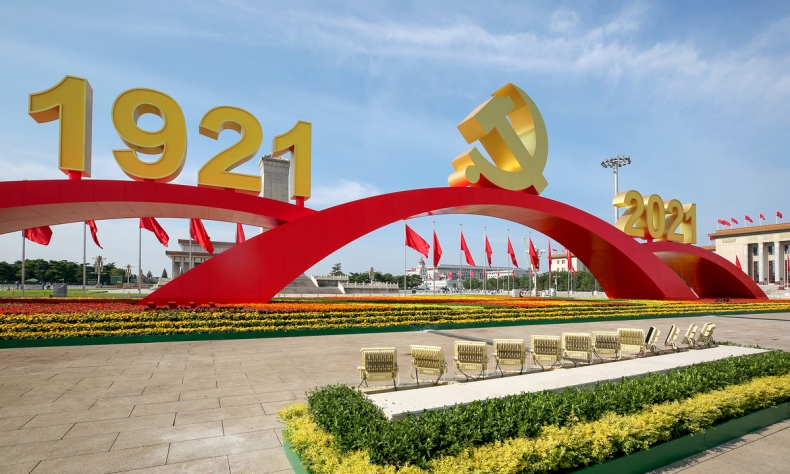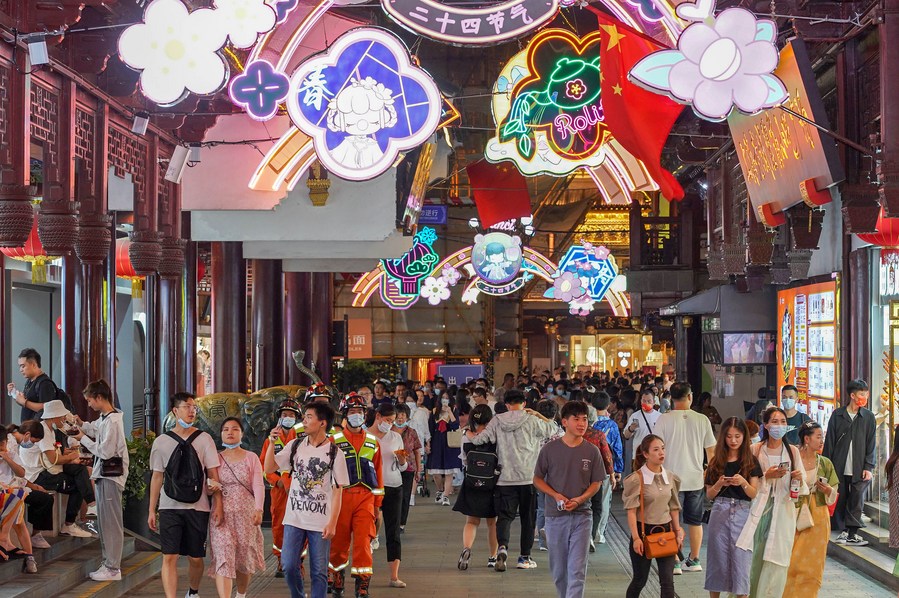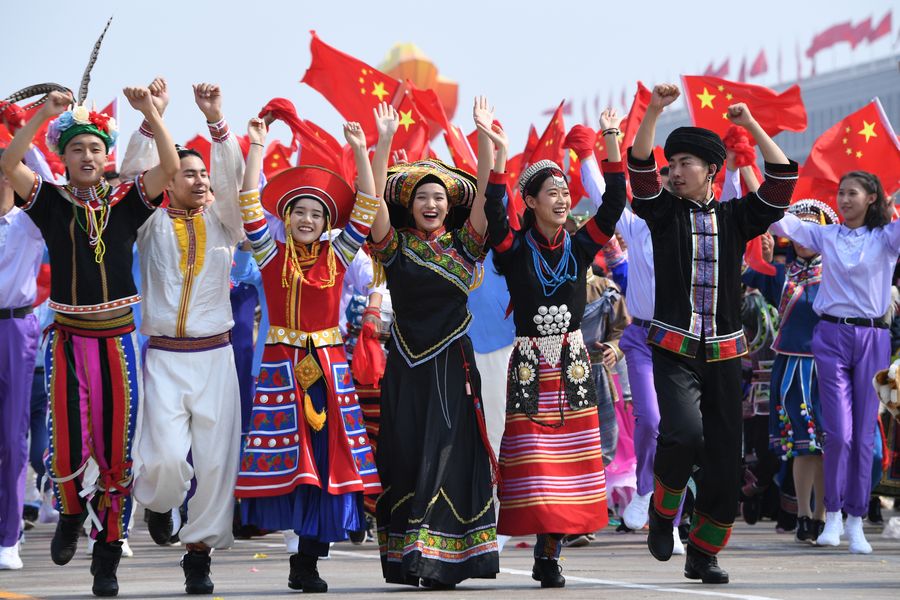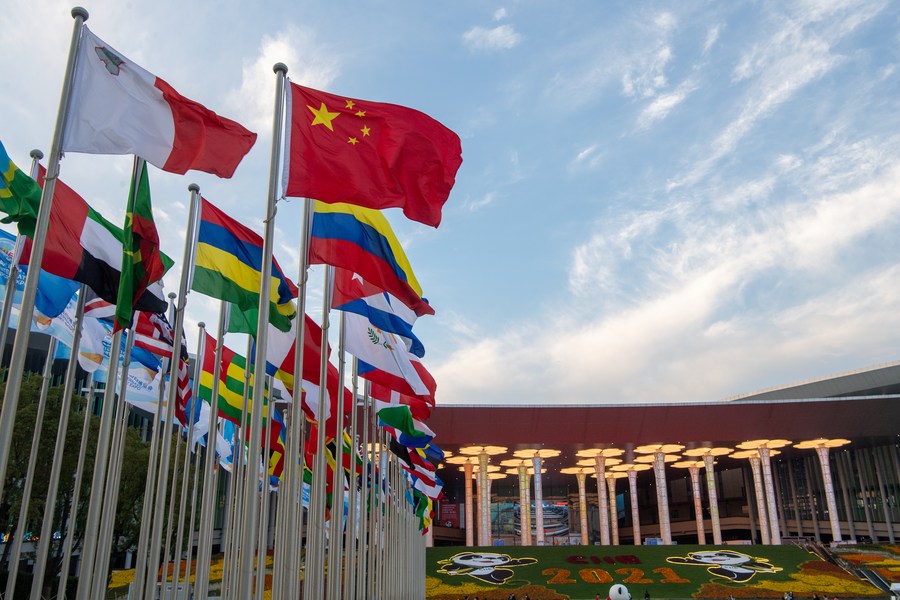Assessing One Century of CPC Work to Map Out the Future

The impact of the sixth plenum and the resolution on the Party’s history creates a clear understanding of China’s direction. While this path is clear, the years ahead will likely see further refinements and reforms depending on the conditions and events facing China.
Traditionally, the Sixth Plenary Session of the Communist Party of China (CPC) Central Committee focuses on ideological matters and usually sees a few reassertions and occasionally some redefinitions of the Party’s central role. In recent years, sixth plenums have focused on discussions of the Party affairs, questions of ideology and Party building. At the conclusion of the Sixth Plenary Session of the 19th CPC Central Committee, the Party released the text of the Resolution of the CPC Central Committee on the Major Achievements and Historical Experience of the Party Over the Past Century.
The plenum, held in Beijing from November 8 to 11, laid the groundwork for the CPC National Congress in 2022. The meeting reviewed the work of the CPC over the last 100 years and set goals for the future.

A positive document
Aimed at highlighting the major achievements and historical experience of the Party during the past century, the resolution is a very positive and forward-looking—and yes, Marxist—programmatic document, one that is focused on creating history rather than necessarily summarizing it. Understanding the plenum and the resolution is key to recognizing where the Party intends to go, the role of upholding the Party’s leadership, the importance of theoretical innovation, and the necessity of self-reform.
The resolution was a culmination of the sixth plenum’s work. During the plenum, a thorough review of the CPC’s history provided an opportunity to offer an assessment of the Party’s current policies, linking them both to the Party’s founding in 1921, to the present policies under General Secretary Xi Jinping such as common prosperity, a community with a shared future, the Belt and Road Initiative, a new pattern of development that is focused on the domestic economy but features positive interplay between domestic and international economic flows, and clear statements on the sovereignty of China, and to the tasks ahead in building socialism with Chinese characteristics in the new era and socialist modernization.
The sixth plenum addressed the primary tasks of the Party in the new era: to realize the first centenary goal (finishing the building of a moderately prosperous society in all respects by the centenary of the CPC in 2021), start a new journey to realize the second centenary goal (transforming China into a modern socialist country by the centenary of the People’s Republic of China in 2049), and move on toward the grand goal of national rejuvenation. The plenum systematically summarized the achievements of the Party, noting that since the 18th CPC National Congress in 2012, the Central Committee with Xi at the core has promoted the cause of the Party and the nation to achieve historic achievements and undergo historic changes.

The sixth plenum addressed a variety of issues related to the leading role of the Party in China and its future. Specifically, these issues raise several questions that the Party intends to address: What kind of features define socialism with Chinese characteristics in the new era? How will the Party uphold and develop socialism with Chinese characteristics? What kind of modern socialist country will be created and how to do it? And how should a long-term ruling Marxist party be built? We can expect many discussions, Party conferences, and scholarly symposia to address these important questions between now and 2049.
The plenum opened with a speech by Xi about the draft resolution on behalf of the Political Bureau. In the Party’s history, only Mao Zedong and Deng Xiaoping have enacted historical resolutions, in 1945 and 1981, respectively. Thus, the adoption of the third resolution can be interpreted as having the same level of impact as those under Mao and Deng, reiterating Xi’s position as the core within the Party leadership. One result of the sixth plenum was an acknowledgement that Xi Jinping Thought on Socialism with Chinese Characteristics for a New Era will inform the Party’s goal of turning China into a great modern socialist country by 2049. An important point needs to be stressed here: Both the sixth plenum and the resolution on the Party’s history stressed continuity with the past while simultaneously explaining the importance of Xi’s leadership and the primacy of his vision in achieving greater Party discipline.
The Party’s role
One notable aspect of both the plenum and the resolution was an emphasis on the Party’s historical role in China’s development. As was observed during the plenum’s deliberations, without the ideological and pragmatic leadership of the Party during the past 100 years, the country would not have become strong enough to stand up to Western powers. Yet what does this mean in practical terms? That the Party’s track record for the past century had been solid, and that its emphasis on addressing history underscores continuity in the Party’s leadership now and into the future.
In addition to the resolution on major achievements of the CPC, the Central Committee also passed the Resolution on the Convocation of the 20th National Congress of the CPC. The 20th CPC National Congress will take place in Beijing sometime during the second half of 2022, and will, among other things, approve the sixth plenum’s deliberations.

So why assess the Party’s history? The answer lies in the fact that over the past 100 years, the CPC has adopted just two resolutions related to the Party’s history—in 1945 under Mao and in 1981 under Deng. The first resolution addressed issues on important events and personalities from the founding of the Party in 1921 to 1945, while also firmly establishing the primacy of Mao’s ideological thought and leadership. The second resolution in 1981, passed by the Sixth Plenary Session of the 11th Central Committee of the CPC, confirmed the historical role of Mao, asserted the central role of Deng’s leadership, and established the mechanisms that would foster the reform and opening-up era.
The latest resolution, like the other two, not only confirmed the role played by previous leaders, it emphasized the centrality of Xi Jinping as the core of the Party, the importance of Xi Jinping Thought on Socialism with Chinese Characteristics for a New Era, and upholds the Central Committee’s unified, centralized leadership.
The impact of the sixth plenum and the resolution on the Party’s history creates a clear understanding of China’s direction. While this path is clear, the years ahead will likely see further refinements and reforms depending on the conditions and events facing China.
The author is a professor of political science and chair of the Department of Political Science and Geography at the University of Texas at San Antonio.
 Facebook
Facebook
 Twitter
Twitter
 Linkedin
Linkedin
 Google +
Google +










